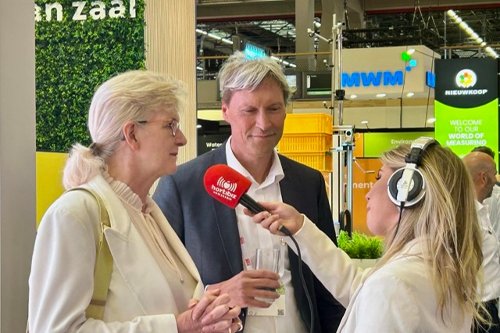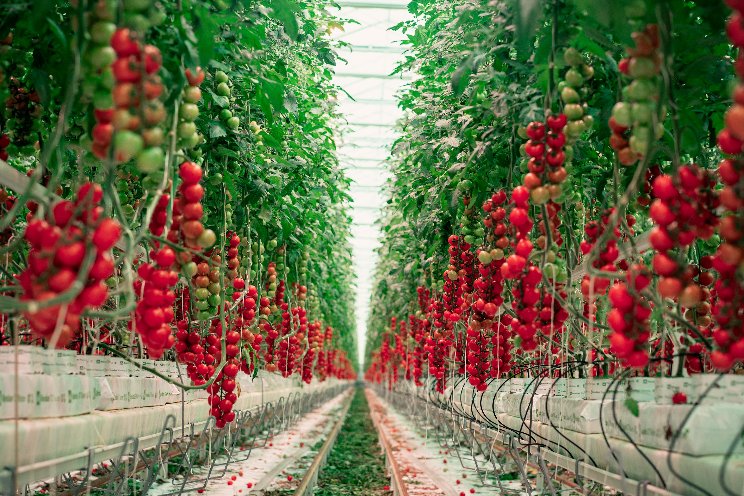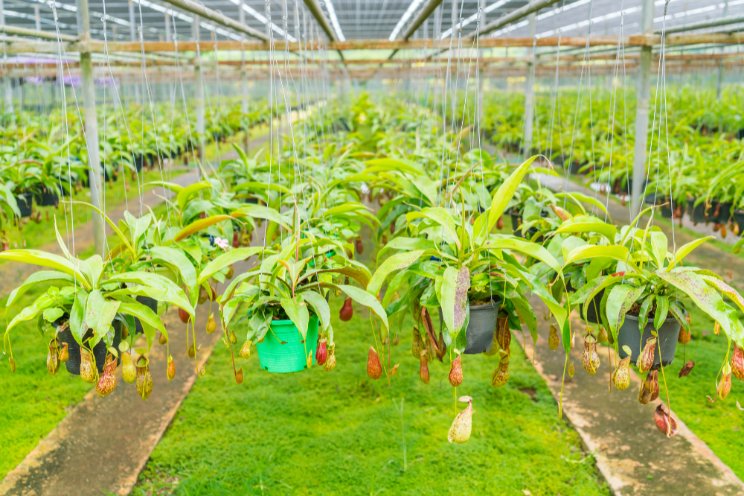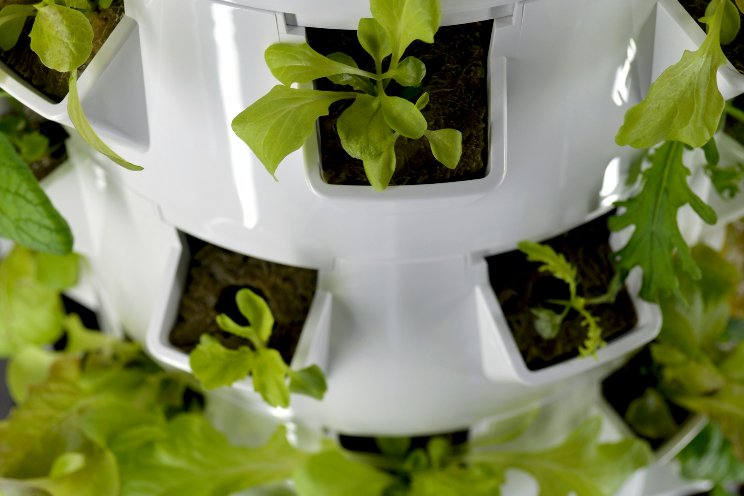Integrating aquaponics into urban farming
Added on 01 May 2025

Photo by Jon Sailer on Unsplash
By recirculating water and nutrients between fish and plants, aquaponic farming drastically reduces water usage, eliminates synthetic fertilizers, and enables local food production in compact spaces like rooftops, greenhouses, and indoor vertical farms. This makes it a powerful model for sustainable urban agriculture, offering both environmental and economic advantages in today’s resource-constrained world.
How Aquaponics Creates a Symbiotic Growing Environment
Aquaponics creates a functional ecosystem that mimics natural cycles to produce food with minimal waste. Here’s how it works and why it matters in agricultural settings.
- Fish as nutrient generators: Aquaponic systems start with fish, which produce ammonia-rich waste. In a balanced system, beneficial bacteria convert this waste into nitrates, a vital nutrient for plants.
More news














